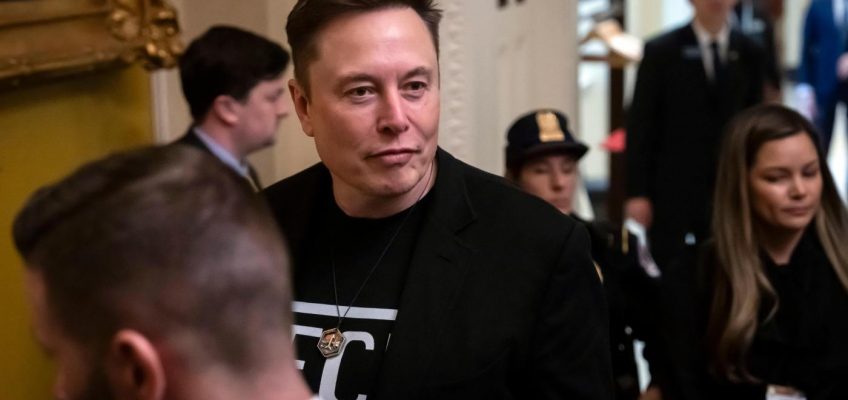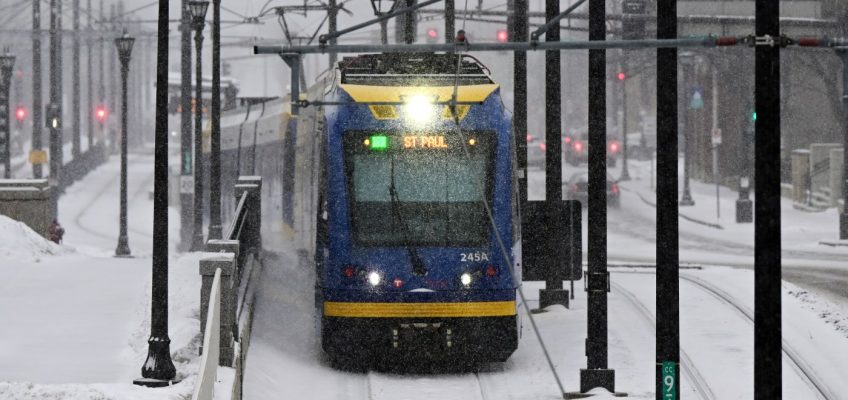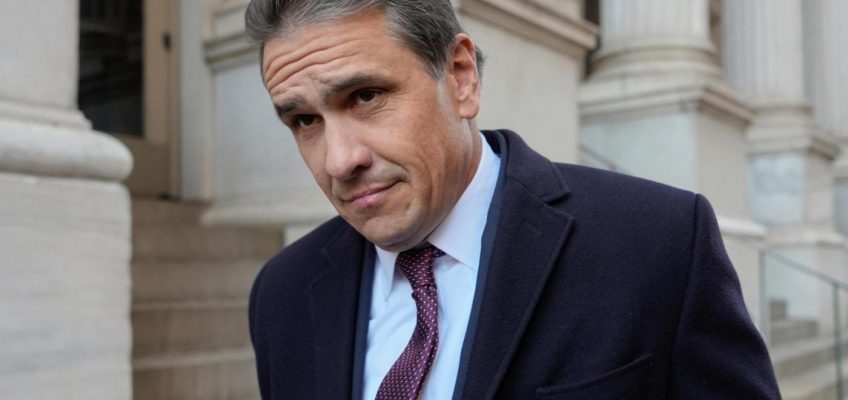MADISON, Wis. — A group backed by billionaire Elon Musk is behind a set of deceptive attack ads and text messages targeting voters just weeks ahead of the election for a seat on Wisconsin’s Supreme Court, employing a battleground state strategy it used last year against Democratic presidential candidate Kamala Harris.
The ads are labeled as coming from a group called Progress 2028 and are made to look like authentic messages of support for Dane County Circuit Judge Susan Crawford, who is backed by Democrats. They describe her as a “progressive champion” who will “stand up for immigrants,” defend Planned Parenthood and promote a justice system that gives criminals “second chances.”
But records show the ads that appear on Facebook and Instagram and in text messages to some voters are underwritten by Building America’s Future. That’s a national conservative group that counts Musk among its biggest donors, a Wall Street Journal report revealed.
The ads largely hew to the facts in Crawford’s background but focus on hot-button issues such as abortion, immigration and criminal justice reform. They call for Crawford to “boldly proclaim her progressive values,” language that potentially diminishes her standing with moderate or conservative voters in a race that is — at least officially — nonpartisan.
The new collection of ads is the latest example of how Musk’s extraordinary wealth has been used to promote the Republican Party’s political interests, including in a contest for ideological control of the highest court in one of the country’s most important presidential swing states.
The April 1 election will determine whether liberals maintain their 4-3 majority on the court. Looming are major cases dealing with abortion, union rights, election law and congressional redistricting — some that could influence the race for president in 2028.
Musk’s America PAC is the biggest outside spender in the supreme court race so far, doling out more than $3.2 million to benefit Crawford’s Republican opponent, former Wisconsin Attorney General Brad Schimel, according to state records. Building America’s Future has invested some $2 million in the race, records show.
The world’s richest man and top adviser to President Donald Trump also has sought to broaden his political influence. Federal Election Commission filings show Musk spent nearly $300 million supporting Republican campaigns last year. And in December, he threatened to fund congressional primary opponents for Republican federal lawmakers who stand in the administration’s way.
This isn’t the first time Building America’s Future has used this deceptive advertising tactic. Last September, the group registered in Virginia to use Progress 2028 as a fictitious name, Open Secrets revealed at the time. Progress 2028’s website was created three days later.
The following month, the group began running fake ads made to look as though they came from Democrats. They falsely claimed Harris supported policies such as eliminating gas-powered vehicles and giving voting rights to immigrants living in the U.S. illegally.
Building America’s Future also was the sole funder of a super PAC that last year ran contradictory ads in Michigan and Pennsylvania about Harris’ stance on Israel. The ads characterized her position differently in targeted messages to Arab American and Jewish voters.
Earlier this month, the group took down a social media ad in Wisconsin that featured the wrong Susan Crawford. The photo was of a Harvard professor rather than the state supreme court candidate.
The Facebook and Instagram ads, first reported by the Milwaukee Journal Sentinel, are targeted to specific users through the group’s own custom lists, according to audience data in Meta’s ad library.
They describe Crawford as a “progressive champion” and seemed to fool even some conservatives into thinking they were intended to promote her candidacy. Scott Manley, chief lobbyist for the state’s chamber of commerce, which has endorsed Schimel, wrote on the social platform X, “Did George Soros fund this ad?” It was a reference to the billionaire philanthropist and liberal donor.
Unlike Schimel, Crawford has never held elected office or run for office as a Democrat. Still, she has a long history of fighting for Democratic issues.
That includes challenging the state’s voter ID law passed by Republicans and representing Planned Parenthood in a case challenging a GOP law that required doctors performing abortions to get admitting privileges at a nearby hospital. She also represented teachers in a case attempting to overturn the law championed by former Republican Gov. Scott Walker that effectively ended collective bargaining rights for public workers.
The ads hit at a particularly important time, with early voting starting in less than two weeks and Crawford still trying to introduce herself to voters. A Marquette University Law School poll released Wednesday found that about 6 in 10 Wisconsin voters don’t have an opinion about her.
Winter storm: Gov. Walz declares peacetime emergency to provide support, rescue stranded drivers
Western Wisconsin man, 70, charged with killing his wife, ‘hiding’ her body
Group backed by Musk pours money into ads on behalf of GOP candidate in Wisconsin Supreme Court race
The ‘3 Old Guys’ hit the trail on 4,000-mile snowmobile trek to Newfoundland and Labrador
St. Paul police apprehend man accused of shooting up western Wisconsin bar
Crawford campaign spokesperson Derrick Honeyman said he wasn’t surprised that a Musk-backed group was “running fake and deceptive ads and lying to voters.” He said Musk “charged into this race not knowing anything about it” and poured millions into it “because he knows Brad Schimel can be bought.”
A spokesperson for Building America’s Future declined to comment.
While no one has matched Musk’s money, plenty of high-dollar donors also have supported Crawford in the race. She’s benefiting from hefty donations from Soros; Illinois Gov. JB Pritzker, a Democrat; Gloria Page, the mother of Google co-founder Larry Page; and LinkedIn co-founder Reid Hoffman. The liberal group A Better Wisconsin Together has spent some $2.3 million to benefit her campaign.
While the new ads seem clever in their deception, they probably won’t be effective in swaying many voters, said Barry Burden, a political science professor at the University of Wisconsin-Madison. He noted the messaging is mild compared to attack ads that are hitting Crawford more harshly.
“The ‘Progress 2028’ ad has subtler messaging that requires the viewer to pay close attention to the content and connect the dots,” Burden said. “Voters who are aware enough to make these connections are probably already paying attention to the race and have enough independent information to offset any effect of the ads.”




